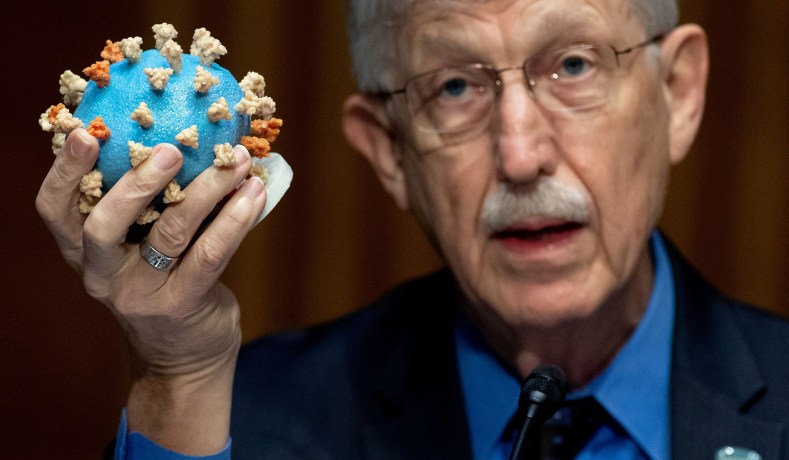
As discussed in today’s Three Martini Lunch podcast, good news about the development of a coronavirus vaccine continues apace. While there are no guarantees, most health experts think that the world is on course to have a vaccine ready to distribute by the end of this year or early next year.
The sense that a vaccine is likely to arrive in record time is sparing our elected leaders some of the most difficult choices.
If a vaccine is just a few months away, those leaders can argue that we can and should continue various quarantine measures that are inconvenient and painful, but manageable, at least in their eyes. No in-person schooling until there’s a vaccine. Mandatory masks until there’s a vaccine. Minimal air travel until there’s a vaccine. Closed beaches until there’s a vaccine. Work from home until there’s a vaccine. Little or no live music until there’s a vaccine. Sorry, movie theaters, conventions, live theater, cruise lines, tourism, gyms — you just have to endure roughly a year of minimal or no income.
Maybe we can muddle on through until the end of 2020 or into the early months of 2021 like this.
If, God forbid, vaccine developers hit roadblocks and announced that a working vaccine wouldn’t be available for another two to three years . . . everyone from top to bottom of our society would be forced to figure out a way to live with this virus. No more hiding out in the Hamptons until further notice.
We would have to take a hard look at whether “online learning” is an acceptable substitute for in-person schooling for years at a time — at every level from pre-school to graduate school. We would have no choice but to figure out how to make our workplaces as safe as possible; a government edict keeping businesses closed for years at a time would be economically apocalyptic. Every current spot that seems like a likely vector for spread — subways and buses, churches and other religious gatherings, bars and restaurants — would have to be reinvented and adjusted in order to reopen and function with minimal risk. We would no longer be able to hand-wave away the barely surmountable or insurmountable challenges facing working parents as a temporary inconvenience.
The early rallying cry, “15 days to bend the curve,” is now a ridiculous joke. The day the coronavirus hit home — when the World Health Organization officially announced a global pandemic, President Trump addressed the nation, and the NBA suspended its season — was 139 days ago. There are 158 days left in 2020. This is not some problem that will go away in a month or two, and we need to stop operating on that assumption. We would be better off if our leaders stopped seeing this as a short-term hardship that will disappear once that vaccine arrives. Hope for the best, prepare for the worst.



